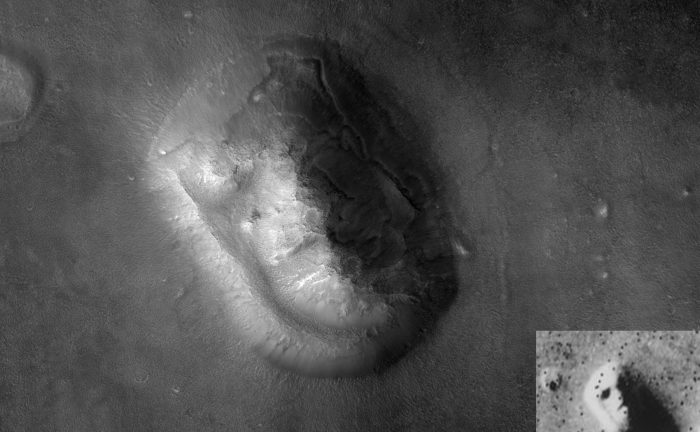
Stories of the first human mission to Mars appeared throughout the 1990s in response to the Space Exploration Initiative.

Terraforming Mars to enable human habitation has been another major theme, especially in the final quarter of the century, with the most prominent example being Kim Stanley Robinson's Mars trilogy. A significant minority of works nevertheless persisted in portraying Mars in a nostalgic way that was by then scientifically outdated, including Ray Bradbury's The Martian Chronicles. The theme of colonizing Mars replaced stories about native inhabitants of the planet in the second half of the 1900s following emerging evidence of the planet being inhospitable to life, eventually confirmed by data from Mars exploration probes. Besides these, more exotic lifeforms appeared in stories like Stanley G.

#FACE OF MARS FINAL FANTASY 2 SERIES#
Apart from enlightened as in the utopian works from the turn of the century, or evil as in the works inspired by Wells, intelligent and human-like Martians also began to be depicted as decadent, a portrayal that was popularized by Edgar Rice Burroughs in the Barsoom series and adopted by Leigh Brackett among others. Life on Mars appeared frequently in fiction throughout the first half of the 1900s. Wells' story of an alien invasion of Earth by sinister Martians, was published in 1897 and went on to have a large influence on the science fiction genre. Around the same time, the mistaken belief that there are canals on Mars emerged and made its way into fiction, popularized by Percival Lowell's speculations of an ancient civilization having constructed them. The predominant genre depicting Mars at the time was utopian fiction. It became the most popular celestial object in fiction in the late 1800s when it became clear that there was no life on the Moon. Trends in the planet's portrayal have largely been influenced by advances in planetary science. Mars, the fourth planet from the Sun, has appeared as a setting in works of fiction since at least the mid-1600s. Wells' The War of the Worlds is one of the most influential works of science fiction. Just below the rover you can spot what NASA calls a "small piece of debris.H. Trash!: When the rover and its landing gear plummeted through the Martian atmosphere before a series of challenging landing maneuvers, debris such as wires and insulation were scattered throughout the desert. The wheels are metallic, so they're truly noisy as they rumble over Mars' rocky terrain. From Perseverance, follow two horizontal lines running to the right across the image. Rover tracks: You can also spot the large robot's trail.

The car-sized, six-wheeled rover is near the top left. The Perseverance rover: Perhaps most conspicuous is NASA's Perseverance rover, which landed with Ingenuity in February 2021 with a primary goal of seeking out potential evidence of past microbial life on Mars - if any ever existed, that is. Helicopter shadow: At center-right, just to the right of a small grey rock, you can see Ingenuity's small shadow on the ground. Helicopter legs: On the right and left sides of Ingenuity's image you can spot the ends of two of the spacecraft's legs as it hovers in the air. A view of Mars' desert captured by the Ingenuity helicopter.Ī Martian landscape with surprises.


 0 kommentar(er)
0 kommentar(er)
